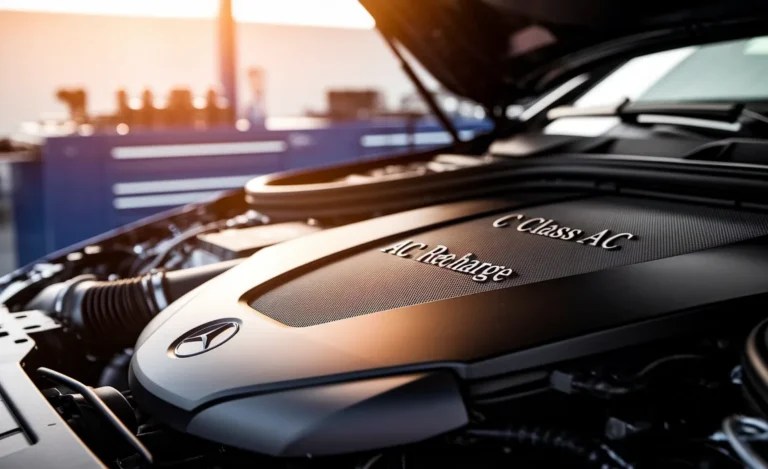Mercedes-Benz C Class Catalytic Converter: Your Perfect Upgrade
Upgrading your C-Class catalytic converter can enhance performance and sound. For Mercedes-Benz C-Class owners, selecting a high-flow or sport catalytic converter offers improved exhaust flow, potential horsepower gains, and a more aggressive exhaust note while remaining emissions-compliant.
As a Mercedes-Benz owner, you appreciate the finer details. Your C-Class, whether a sporty sedan or a dynamic coupe, is a testament to German engineering. You might be wondering about ways to unlock even more of its potential. One area that can significantly impact performance and sound is the catalytic converter.
While often overlooked, this crucial exhaust component can actually be a prime candidate for an upgrade. Let’s explore how a C-Class catalytic converter upgrade can be your perfect next step in refining your driving experience.
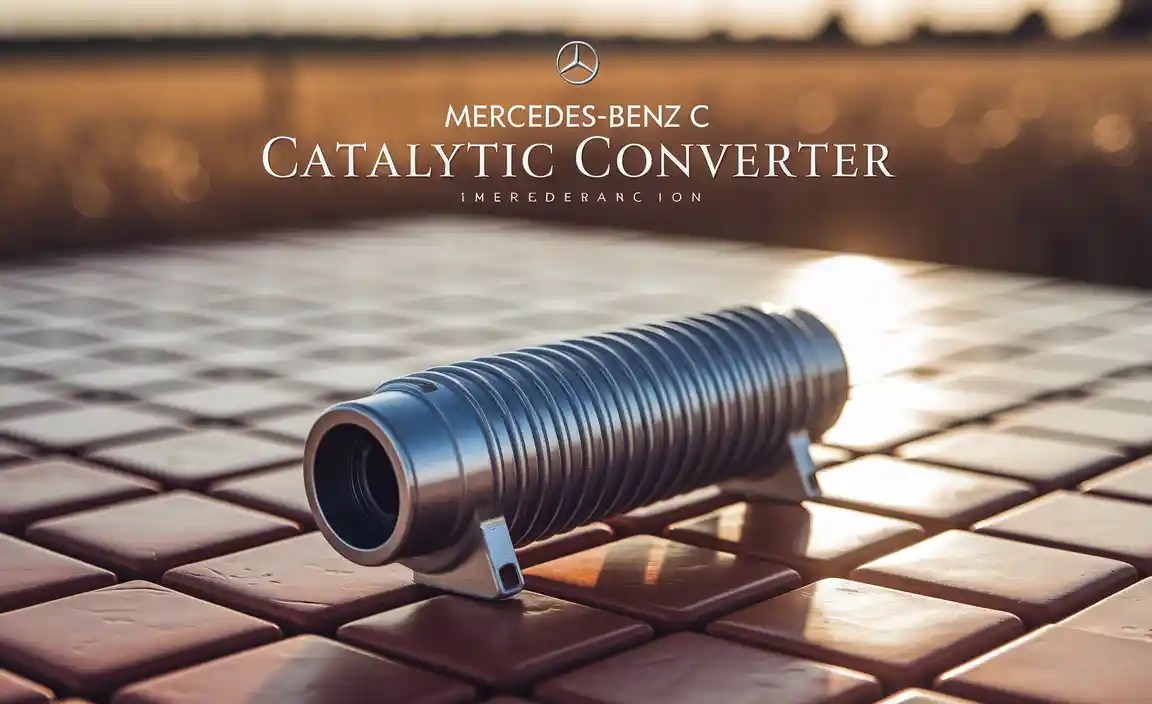
Understanding Your C-Class Catalytic Converter
Before we talk about upgrades, it’s essential to understand what your current catalytic converter does. Located in the exhaust system, typically between the exhaust manifold and the muffler, the catalytic converter is an emissions control device. Its primary job is to convert toxic exhaust gases, such as carbon monoxide, hydrocarbons, and nitrogen oxides, into less harmful substances like carbon dioxide, water vapor, and nitrogen. This is achieved through chemical reactions facilitated by precious metals like platinum, palladium, and rhodium housed within its ceramic honeycomb structure.
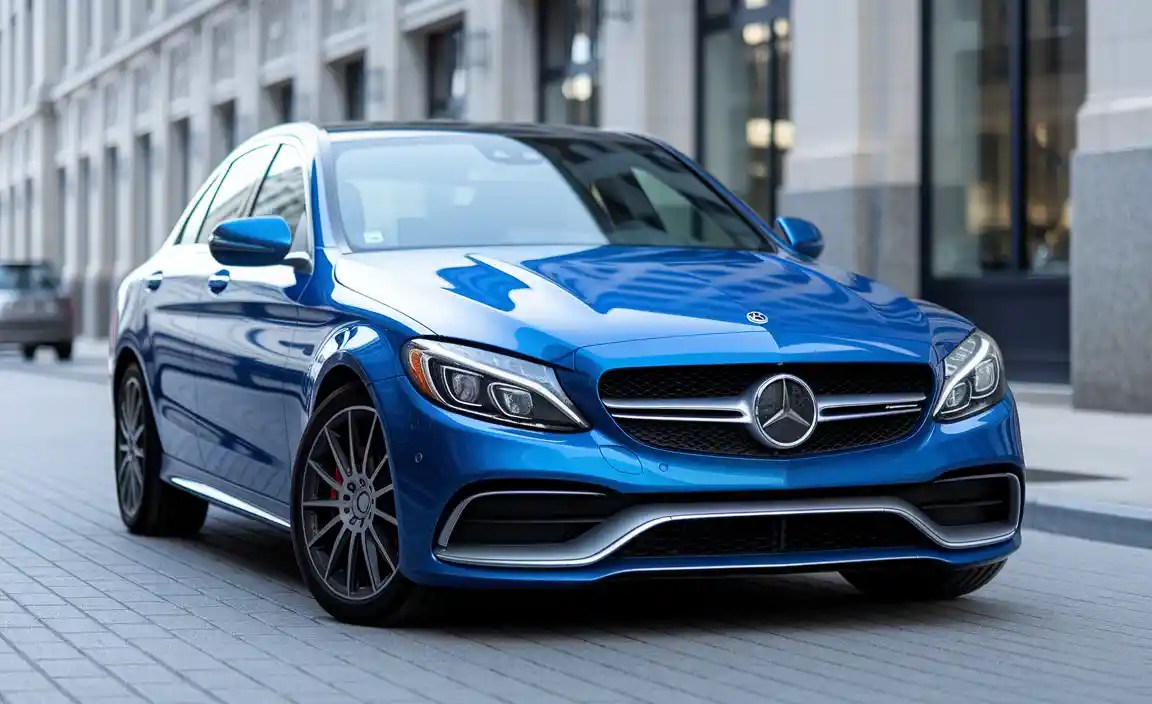
For a C-Class, the factory catalytic converter is designed to meet stringent emissions standards while providing a balance of performance and quiet operation. However, they can sometimes be a bottleneck for exhaust gases, especially in more performance-oriented models or when the engine is tuned for more power. This is where the idea of an upgrade comes into play.
Why Consider a C-Class Catalytic Converter Upgrade?
Upgrading your catalytic converter isn’t just about replacing a worn-out part; it’s about optimization. The stock converter, while effective, is designed for broad compliance. Aftermarket alternatives, often termed “high-flow” or “sport” catalytic converters, are engineered differently. They typically feature a less restrictive internal structure, allowing exhaust gases to pass through more freely. This improved flow can result in several benefits:
- Enhanced Performance: By reducing exhaust backpressure, the engine can expel gases more efficiently. This can lead to a slight increase in horsepower and torque, making your C-Class feel more responsive.
- Improved Exhaust Sound: A less restrictive converter often allows more of the engine’s natural exhaust note to come through, resulting in a sportier, more aggressive sound.
- Reduced Turbo Lag (for turbocharged models): For C-Class models equipped with turbochargers, a high-flow catalytic converter can help the turbo spool up faster by reducing the exhaust gas pressure it needs to overcome.
- Optimized for Tuning: If you plan to tune your C-Class’s engine for increased power, a high-flow catalytic converter is often a necessary supporting modification to handle the extra exhaust flow.
Types of C-Class Catalytic Converter Upgrades
When looking for an upgrade, you’ll generally encounter two main types:
High-Flow Catalytic Converters
These are the most common and practical upgrade for everyday driving. They feature a larger or less dense internal honeycomb structure compared to factory units. This design allows for greater exhaust gas flow without significantly compromising emissions control. They are an excellent choice for drivers seeking a modest performance improvement and a slightly sportier exhaust note while remaining street-legal and passing emissions tests.
Sport Catalytic Converters
Similar to high-flow converters, sport catalytic converters are designed for enhanced exhaust flow. They often use a denser catalyst substrate with a finer cell count, which can be more efficient at reducing emissions while still allowing for improved flow. Some sport cats are designed with specific cell densities (e.g., 100-cell or 200-cell) to balance performance gains with emissions compliance. Ensuring the chosen sport cat is EPA and CARB (California Air Resources Board) compliant is crucial for legality.
It’s vital to research catalytic converters specifically designed for your C-Class model year and engine. Manufacturers often provide detailed specifications regarding cell density, material, and intended use.
Choosing the Right C-Class Catalytic Converter
Selecting the perfect catalytic converter for your C-Class involves considering several factors beyond just performance. A hasty choice can lead to issues with emissions, legality, or even engine performance.
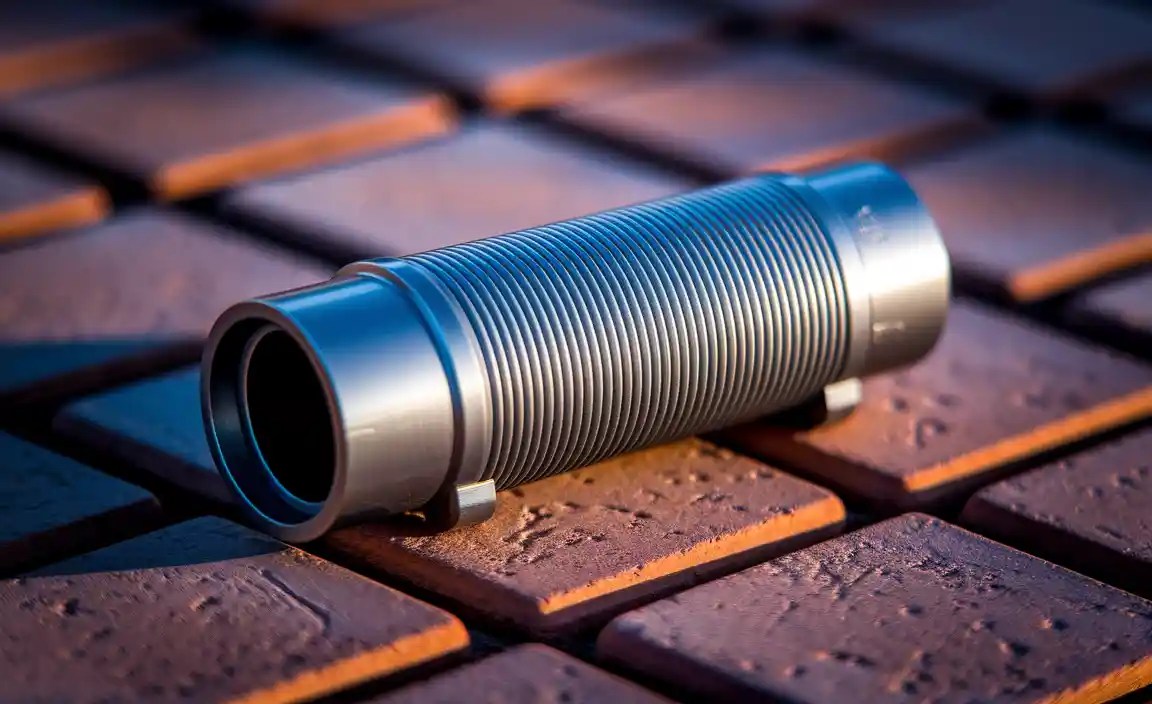
Emissions Compliance and Legality
This is arguably the most critical aspect. In most regions, it is illegal to remove or tamper with your catalytic converter. Furthermore, replacing it with a non-compliant aftermarket unit can lead to failed emissions inspections and hefty fines. Always ensure that any catalytic converter you purchase is:
- EPA Certified: This means it meets Environmental Protection Agency standards for emissions reduction.
- CARB Compliant (if applicable): If you live in California or a state that follows California’s emissions standards, you must choose a converter that is CARB-EO (Executive Order) certified. Many performance catalytic converters are not CARB compliant.
Reputable manufacturers will clearly state the compliance of their products. Look for certifications like “50-state legal” or specific EO numbers.
Material and Construction
The quality of materials and construction significantly impacts the lifespan and effectiveness of a catalytic converter. High-quality converters:
- Use robust stainless steel for the outer casing to resist corrosion and heat.
- Feature durable ceramic substrates.
- Are designed with precise inlet and outlet dimensions to ensure a proper fit within your C-Class’s exhaust system.
Look for brands known for their quality and reliability in the performance exhaust industry.
Your C-Class Model and Engine
Catalytic converters are vehicle-specific. A converter designed for a C250 might not fit or function correctly on a C43 AMG. Ensure you are selecting a part engineered for your specific C-Class chassis code, model year, and engine. This ensures:
- Correct Fitment: Proper flange alignment and pipe diameter.
- Optimal Flow: Designed to work with the engine’s displacement and intended power output.
- Sensor Compatibility: Proper mounting points for oxygen sensors (O2 sensors), which are crucial for engine management and emissions control.
Performance Goals and Driving Style
What do you want to achieve with the upgrade? Are you looking for a subtle improvement for daily driving, or are you building a performance machine? A mild high-flow converter might suffice for a daily driver, while a more aggressive sport converter (if emissions compliant) could be considered for a track-focused vehicle.
Consider your typical driving conditions. If you frequently drive in stop-and-go traffic, a converter that reduces backpressure can make a noticeable difference in throttle response. For highway cruising, the benefits might be less pronounced but still contribute to overall efficiency.
Budget Considerations
The cost of catalytic converters can vary significantly. While it might be tempting to opt for the cheapest option, remember that quality and compliance come at a price. Investing in a reputable, well-engineered catalytic converter will likely provide better performance, longevity, and peace of mind regarding emissions legality. A general price range for a quality aftermarket C-Class catalytic converter can be anywhere from $300 to over $1000, depending on the brand, type, and compliance features. Always factor in installation costs if you are not performing the work yourself.
Installation Process: A Step-by-Step Guide
Installing a catalytic converter is a moderate to advanced DIY task. If you’re not comfortable working with exhaust systems or have limited tools, it’s highly recommended to have a professional perform the installation. Improper installation can lead to exhaust leaks, which can affect performance and cause diagnostic trouble codes (DTCs).
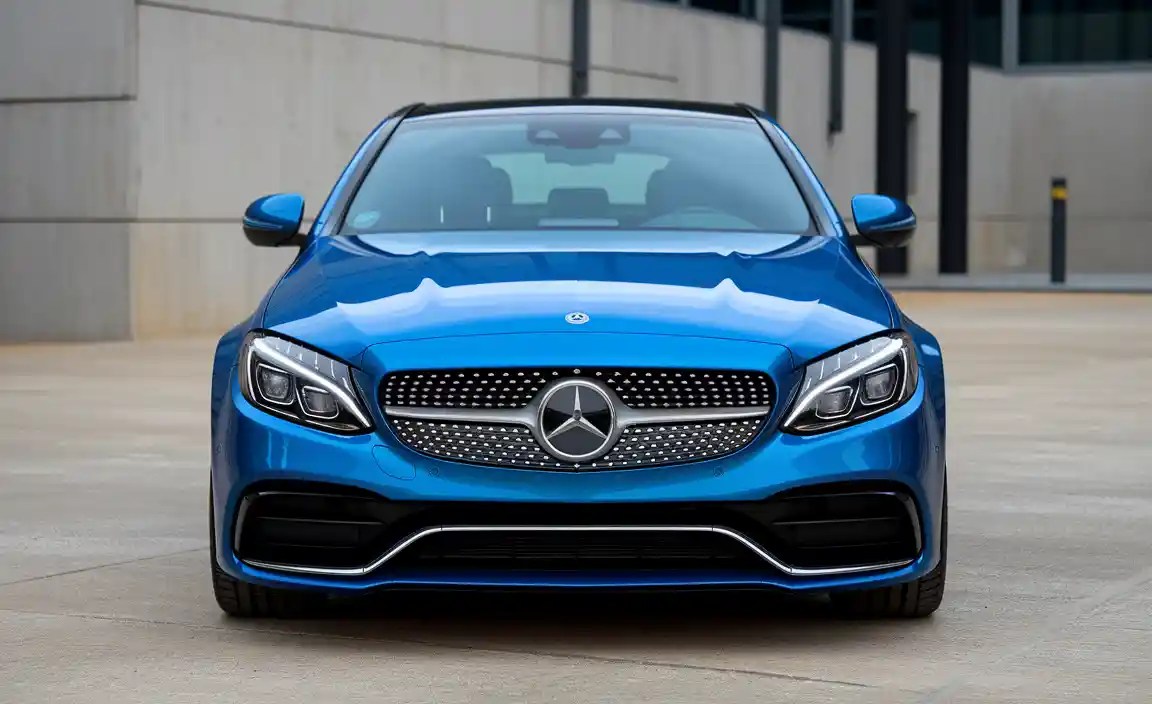
Tools and Materials You’ll Likely Need
- New C-Class catalytic converter (ensure it’s the correct model)
- Jack and jack stands
- Socket set (metric)
- Wrench set (metric)
- Torque wrench
- Penetrating oil (for rusted bolts)
- Exhaust system cleaner or degreaser
- Exhaust sealant or gasket maker
- New exhaust gaskets and bolts (recommended)
- Safety glasses
- Work gloves
- Breaker bar (for stubborn bolts)
- Wire brush (for cleaning flanges)
- Oxygen sensor socket (if you need to reuse or replace O2 sensors)
Step-by-Step Installation
-
Prepare the Vehicle:
Park your C-Class on a level surface. Engage the parking brake and place wheel chocks behind the rear wheels. Use a jack to safely lift the front or rear of the vehicle (depending on the location of the catalytic converter) and secure it with jack stands. Never work under a vehicle supported only by a jack.
-
Locate the Old Catalytic Converter:
The catalytic converter is part of your exhaust system, usually found after the exhaust manifold and before the muffler. Consult your vehicle’s service manual if unsure.
-
Remove Oxygen Sensors:
Using an oxygen sensor socket, carefully remove the O2 sensors from the old catalytic converter. Be gentle, as these sensors can be fragile. If they are difficult to remove, apply penetrating oil and let it sit. You may need to transfer these to the new converter, or your new converter may have provisions for them.
-
Disconnect the Exhaust:
Exhaust systems are typically connected using flanges secured by bolts or by clamps. Apply penetrating oil to any bolts or clamps that appear rusted. Allow it to soak for at least 15-20 minutes, or longer if necessary. Use a socket or wrench to remove the bolts or loosen the clamps. You may need a breaker bar for stubborn fasteners.
-
Remove the Old Catalytic Converter:
With the connections loosened or removed, the old catalytic converter should now be free. It might require some wiggling or persuasion. Be prepared for it to be heavy.
-
Clean the Exhaust Flanges/Pipes:
Use a wire brush and degreaser to thoroughly clean the connecting flanges or pipes of the remaining exhaust system. This ensures a good seal for the new gaskets.
-
Install the New Catalytic Converter:
Position the new catalytic converter in place. If your new converter came with new gaskets, use those. Apply exhaust sealant to the mating surfaces if recommended by the manufacturer. Align the flanges or pipes and begin installing the new bolts, tightening them by hand first to ensure proper alignment.
Important: Use a torque wrench to tighten the bolts to the manufacturer’s specifications. Overtightening can damage the new converter or exhaust components, while undertightening can lead to exhaust leaks.
-
Reinstall Oxygen Sensors:
Screw the oxygen sensors back into their original locations on the new catalytic converter. Tighten them snugly, but avoid overtightening. If the threads are damaged, consider using a thread repair kit or replacing the sensor.
-
Check for Leaks:
Once everything is bolted up, start the engine. Listen for any unusual sounds, such as hissing or puffing, which could indicate an exhaust leak. You can also apply a soapy water solution to connections; bubbles indicate a leak.
-
Lower the Vehicle and Test Drive:
Carefully lower the vehicle. Take your C-Class for a short test drive to ensure everything sounds and feels normal. Monitor your dashboard for any warning lights.
Professional Installation Considerations
For those who prefer professional help, consider these points:
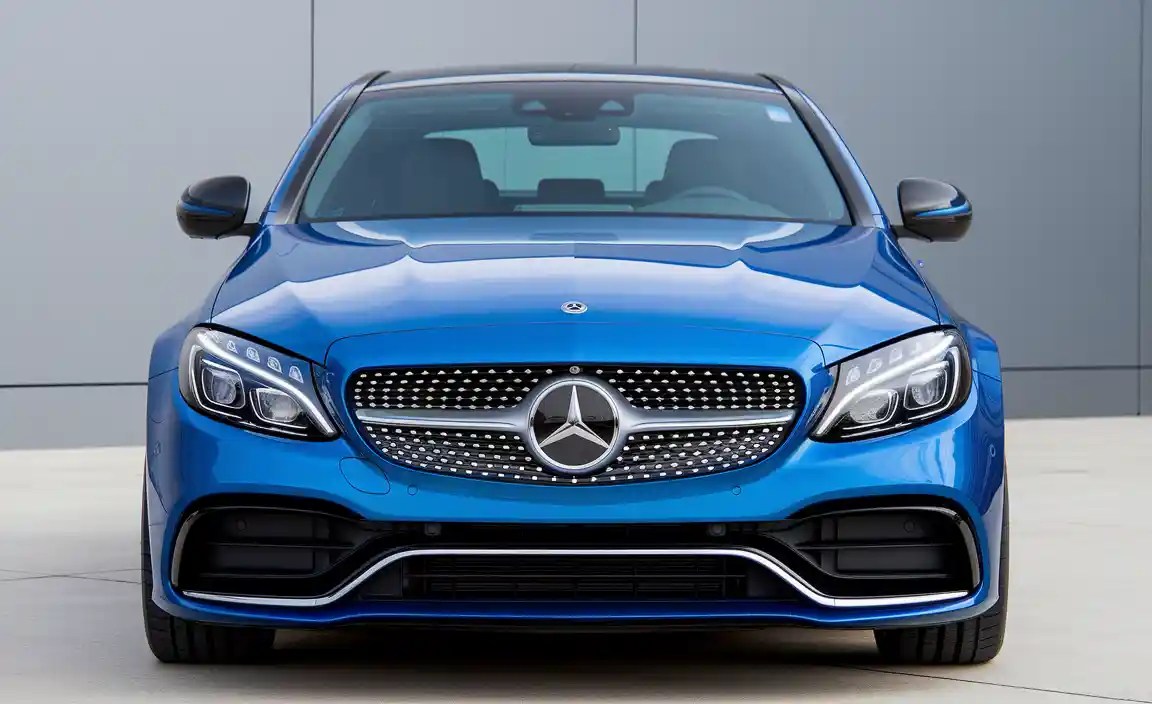
- Find a Reputable Shop: Look for an exhaust specialist or a Mercedes-Benz-certified mechanic.
- Confirm Parts Compatibility: Provide the shop with the exact model of the catalytic converter you’ve purchased to ensure they can install it correctly for your specific C-Class.
- Ask About Warranty: Inquire about the warranty on both the part and the labor.
Performance Metrics and Expectations
It’s important to set realistic expectations for a catalytic converter upgrade. While it’s not a magical horsepower fix, it can contribute to a more refined and responsive driving experience.
Horsepower and Torque Gains
On a stock C-Class, a high-flow catalytic converter might yield anywhere from 3-7 horsepower and a similar increase in torque. These gains are most noticeable in turbocharged models where reducing exhaust backpressure has a more significant impact on turbo spool time and efficiency. For naturally aspirated engines, the gains will be more modest.
If you have other modifications, such as an aftermarket exhaust system, a performance tune, or an upgraded intake, the combined effect with a high-flow catalytic converter can be more substantial. A properly tuned engine can take full advantage of the improved exhaust flow.
Here’s a general comparison table. Please note that actual figures vary greatly by model, engine, and specific converter used.
| Metric | Stock C-Class Catalytic Converter | High-Flow/Sport C-Class Catalytic Converter |
|---|---|---|
| Exhaust Flow Restriction | Moderate to High | Low to Moderate |
| Potential Horsepower Gain (Estimated) | N/A | +3-10 HP |
| Potential Torque Gain (Estimated) | N/A | +3-8 lb-ft |
| Exhaust Sound | Quiet, Muffled | Sportier, More Aggressive |
| Emissions Compliance | Designed for Strict Standards | Varies; must be EPA/CARB certified for street use |
| Cost | Included in vehicle purchase | $300 – $1000+ |
Impact on Exhaust Sound
This is often one of the most appreciated benefits of upgrading. The factory catalytic converter acts as a significant muffler for exhaust noise. By replacing it with a less restrictive unit:
- The exhaust note becomes deeper and more resonant.
- You’ll hear more of the engine’s natural growl under acceleration.
- The overall volume increases, providing a sportier ambiance without being excessively loud or droney for daily driving, especially with a quality high-flow unit.
Fuel Economy
In theory, improved exhaust flow could lead to slightly better fuel economy. A less restricted engine requires less effort to expel exhaust gases, which can translate to marginal improvements in efficiency. However, if the upgrade also encourages a more enthusiastic driving style (which is common!), any potential fuel economy gains are quickly negated. Don’t expect dramatic MPG improvements.
Maintenance for Your Upgraded Catalytic Converter
Once installed, your new catalytic converter requires care, just like any other component. While they are durable, certain factors can impact their lifespan.

Regular Inspections
Periodically inspect the catalytic converter and the surrounding exhaust system for signs of damage, rust, or leaks. This is especially important after driving on rough roads or in areas with harsh weather conditions. A visual inspection during oil changes can catch small issues before they become major problems.
Avoiding Contamination
Catalytic converters are sensitive to certain fuels and additives. Using high-quality fuel from reputable stations is recommended. Avoid using excessive amounts of fuel additives that are not specifically approved for your Mercedes-Benz. Some additives can coat the precious metals inside the converter, reducing its efficiency over time.
One of the biggest culprits for catalytic converter failure is an unhealthy engine. If your engine is burning oil or running rich (too much fuel), these contaminants can poison the catalyst. Ensure your engine is running smoothly and that any check engine lights are addressed promptly. For more on engine health, you can refer to resources like the U.S. Environmental Protection Agency’s information on catalytic converters which details their function and importance.
Monitoring Check Engine Lights
Your C-Class is equipped with an onboard diagnostic system (OBD-II) that monitors the performance of the catalytic converter using O2 sensors. If the system detects that the converter is not functioning within its expected parameters, it will trigger a “Check Engine” light. While this could indicate a failing aftermarket converter, it’s often a sign of another issue upstream, such as a faulty O2 sensor, an engine misfire, or an exhaust leak. Prompt diagnosis is key.
Frequently Asked Questions
Q1: Will a C-Class catalytic converter upgrade affect my warranty?
A1: Modifying emissions control components can potentially void your vehicle’s warranty. It’s wise to consult your Mercedes-Benz dealer or your warranty documentation. However, if the upgrade is EPA-certified and doesn’t cause any related issues, the risk might be minimized for non-emissions-related components.


